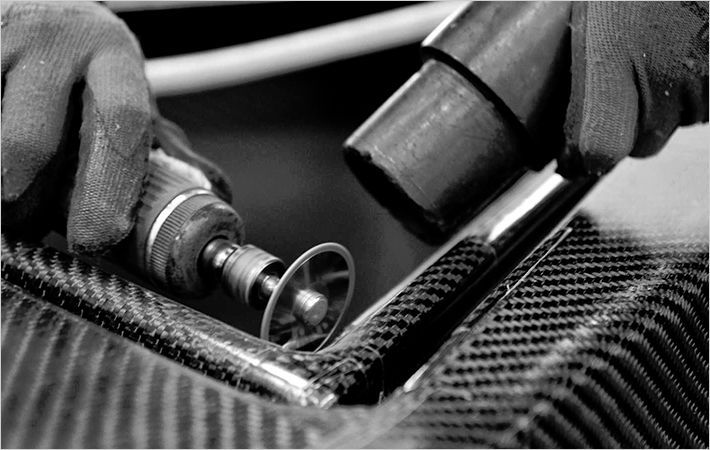It is also suggested it could be especially useful for elderly people as well as those with disabilities and autism.
The proposed item of clothing comprises a 'master soft circuit cell and a plurality of actuation soft circuit cells' as well as a battery and small computer to analyse the data collected.
In essence, a system of sensors inside the garment read the wearer's heart rate, skin temperature and measure the movements they make.
In the patent, published by the United States Patent and Trademark Office, it says these sensors are connected to a system of actuators sitting close to the skin so they are able to create a feeling of pressure – like a hug – heat and coolness or generate vibrations or music.
Actuators could be chosen to suit a person's needs.
For example, an autistic user could benefit from a micro pump to apply pressure on their wrist, which is a technique used by some to relieve the stress of sensory overload.
Equally, the item of clothing could switch on cooling actuators if it thought a wearer was getting hot and flustered on a date, for example, or play a happy song from a minute speaker, it sensed they were sad.
The patent says: 'The wearble device implementations interacts with the user's senses in a manner than can mitigate a negative affective state e.g. stressed or sad among others and enhance a positive affective state e.g. calm or happy, among others.
'The wearable device implementations allow each user to reflect on and react to both positive and negative patterns in their behaviour.'
The idea is that the gadget support system would be invisible to others.
'The wearable device implementations are lightweight, supple, breathable and comfortable and can be discretely worn for long periods of time without detracting from a user's ability to perform their normal daily activities,' the patent says.
The system could be used to convey the state of people nearby – but it doesn't explain how a piece of clothing could obtain data about a stranger, for example.
'This alternate implementation …allows the user to reflect on and react to the current affective state of these other people, and informs the user when and how the affective state of these other people changes.'
It additionally points out this could be useful at a busy business conference, for example.
'The wearable device being worn by the user can receive actuation instructions that cause the wearable device to generate a prescribed set of actuations which directly convey the current affective state of people in the conference room,' it says.
It remains to be seen if the technology described will ever become a reality. (SH)
Fibre2Fashion News Desk – India

